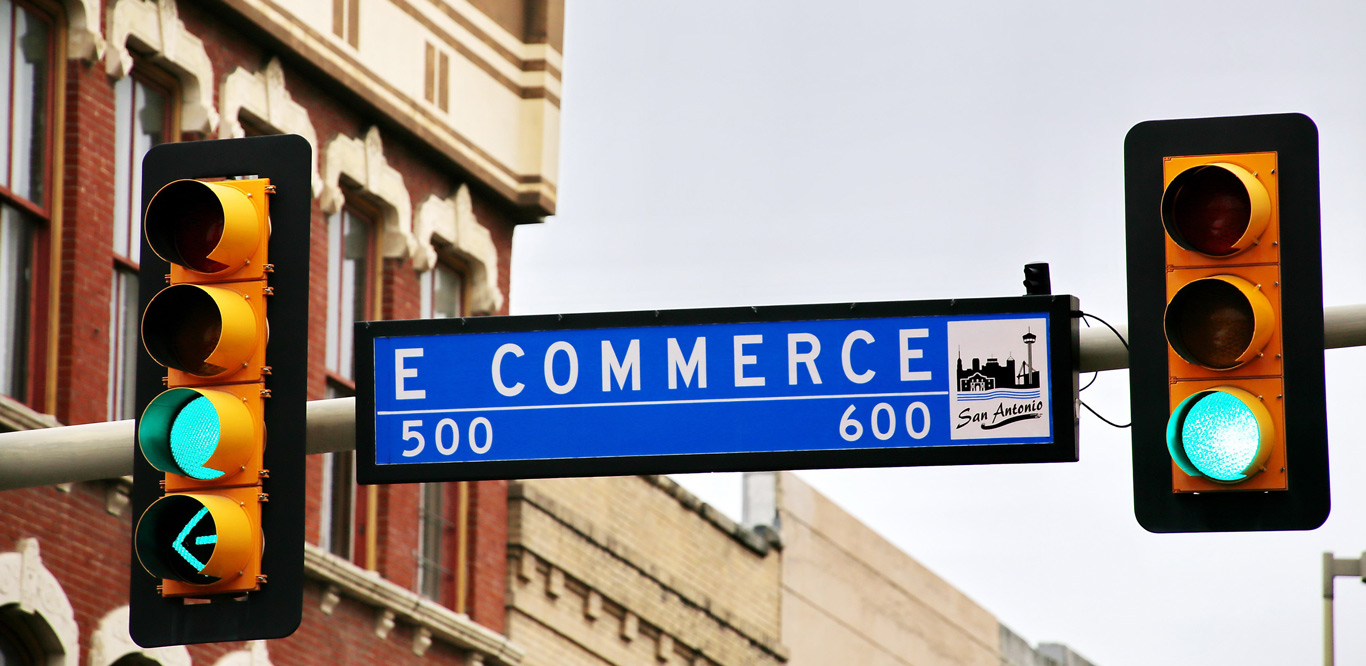The decrease in both B2B and B2C sales for the first two quarters of 2020 led to many businesses turning to the creation of eCommerce platforms to weather the ongoing storm. Another major problem was that many companies who had an online presence had “legacy” technology or single-channel Saas technology. Both of these options were incredibly inefficient.
At present, several big-name companies like the Blue Nile, Mission Linen, and others have spent a significant portion of their revenue on developing an ECommerce platform for online orders and customer relations.
Implementation of Technology and Ecommerce
According to a Digital Commerce360 report on Ecommerce platforms for B2B and B2C, 51% of the companies have prioritized spending on their Ecommerce platforms.
Most of these businesses aim to integrate their online B2B and B2C operations with headless commerce technology. As per this technology, the eCommerce website will possess interactive APIs for both the customer as well as the business owner. The results were quite drastic and quick, with 86% of the respondents stating that their online sales increased by 25%. Additionally, 30% of companies in this research project were looking to incorporate AI into their business operations.
Progression of Ecommerce Platforms
The respondents continued to report the use of eCommerce platforms in the 2020 Holiday season skyrocketed to 45.2%. Therefore, businesses began to incorporate the following features:
- Creative Content Creation
Given the stiff competition between businesses online, many companies entering the eCommerce world were forced to be creative with their marketing.
Dr Dabber carried this off cleverly as it came out with a range of vaporisers and other accessories. The website also replaced previous content and pictures and added content that was relevant to COVID.
Drinks.com, a wine delivery service, decided to step up its marketing campaign by collaborating with celebrities for video calls. These live streams would involve wine tasting and pairings by these celebrities. The company then sold 5000 bottles of wine. - Optimising Shipping Speed
Customer expectation is one of the most influential driving forces for this change. As many customers used online platforms to procure essential goods, delivery of these orders would have to take place in one to two days. This has now become the standard time for every delivery.
However, the supply chain also saw the most disruption during this time. Experts say this was because of the lack of supply chain resilience and the dependency of companies on the brick and mortar business model.
Bean Box was capable of optimizing its supply chain to deliver certain orders in two days. They even made a profit on the order by making customers pay $2.99 for fast delivery. - Introducing Virtual Shopping
This trend was common among cosmetic companies especially. The reason being that consumers of cosmetic products prefer to review the product before purchasing it. To provide this feature, the following companies formulated these processes:
Blue Nile Jewellers took a different approach to logistics. Since the store depends heavily on customers coming to the offline store, they decided to revamp their website. The website now houses an option to virtual shop in their store. Customers were keen to try out this idea, and the company saw an influx of appointments, 478 appointments, to be precise, since November 2020 and counting.
Yolanda White, the CEO of Dayo Women, took to making Zoom calls to clients that were interested in getting a styling session. She made use of the mmhmm application along with Zoom and catered to a significant number of women. Around $200 to $300 of sales took place in every meeting.
Olivera is another company that jumped on the virtual bandwagon with 15 minutes of one-on-one appointments. The conversion rate jumped to an astonishing 20% in just two days. 80% of the customers making appointments were first-timers. - Incorporating Headless Technology
The problem with legacy or monolithic commerce platforms is that they are unable to provide several omnichannel capabilities. This includes in-store pickups, easy return of orders, or curbside pickup. The last one is a customer-favorite, with one in four customers taking advantage of the option.
Therefore, Toshiba decided to step up and create software, Elera, that could seamlessly convert a legacy eCommerce platform into a headless/microservices eCommerce platform. Elera was used by popular companies like CVS, Walgreens, Hugo Boss, and others. The transition was a smashing hit, with a 115% increase in the omnichannel capabilities of the company and 32% conversion rates. - Efficient Omnichannel
Providing a variety of safe pickup options can be challenging and time-consuming. However, Salesforce.Inc changed that. The eCommerce Platform provider made it possible for strictly offline retail stores like Build-a-Bear and Sally Beauty Holdings to add new Omnichannel features to their business and sales.
Build-a-Bear now sold products from all 300 stores acting as distribution centres and decreased the shipping time to their clients drastically. There was a 300% increase in sales in the second quarter of 2020.
Sally Beauty channels increased their sales by 278% in the third quarter of 2020 and even made their other business operations more efficient.
B2B and B2C Strategies in the Pandemic
The report also went into detail about the results that took place when the following companies created eCommerce platforms:
- Mission Linen possesses an eCommerce success story like no other. Firstly, the company had to venture into the world of eCommerce platforms for their B2B sales. However, given that resorts and hotels were closed, their B2B sales were almost non-existent. So, upon branching out, the company sees a drastic increase in B2C sales, all online as well.
- FoodServiceDirect.com turned to Magento to carry out B2B sales. However, in addition to an increase in the B2B sales, there was also an increase in the B2C sales by 45%. The partnership with Magento was also beneficial as 70% of sales took place from mobile devices.
- Bedford Industries, which were previously known for creating plastic items, now branched out into making face shields, face masks, and PPE. Then the company decided to upgrade their legacy ERP, but this came with some risk. Bedford deployed their first eCommerce platform on SuiteCommerce and used the NetSuite ERP to upgrade their legacy ERP. Both businesses, as well as customers, were keen on buying their products.
Consumers spent $861.2 billion online, which was a 44% increase from 2019. Therefore, 2020 saw the highest increase in the growth of eCommerce in the US. There was also a significant increase (21.3%) in online retail sales, with many exclusive B2B companies now catering to individual customers as well.


 linkedin.com/in/Akshay Desai
linkedin.com/in/Akshay Desai 

